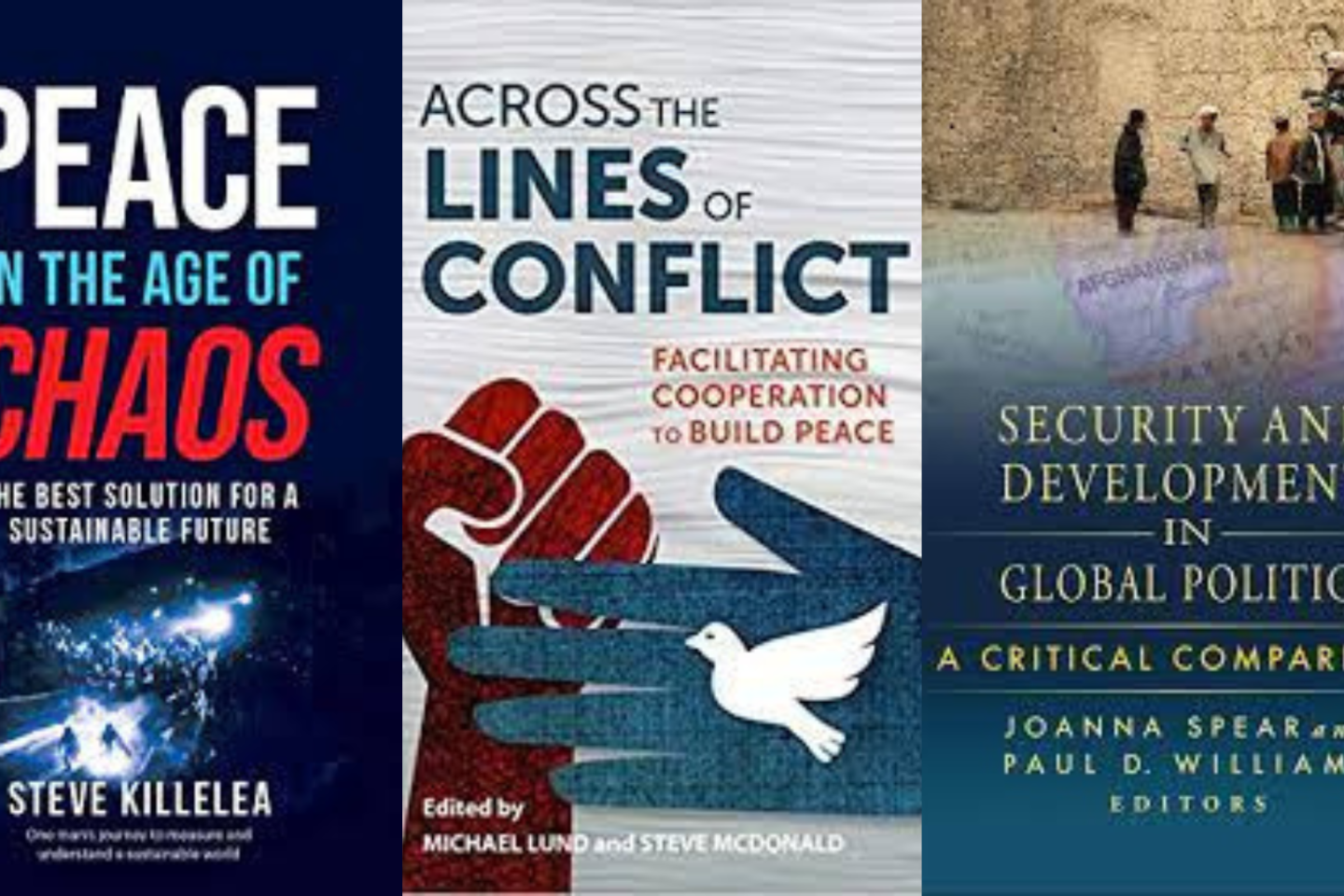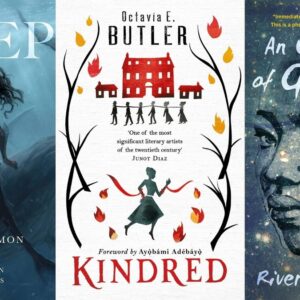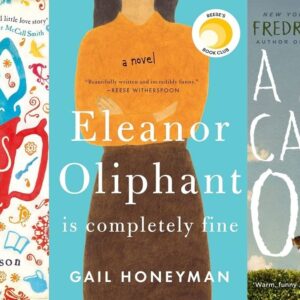War has ravaged the society and has brought destruction, cruelty and have uprooted humanity. In our complex evolving world the best strategies and practices for promoting peace are also developing. Today on the International Peace Day, lets move towards to build a more peaceful society for the upcoming generation. The world should be at peace and tranquility with each other. WhatsOn brings some of the books to practice peace building.
Peace in the Age of Chaos by Steve Killelea***
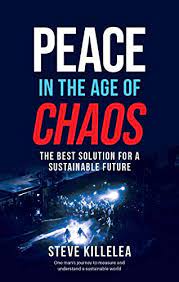
The major challenges facing humanity are global in nature-climate change, ever decreasing biodiversity, full use of the fresh water on the plant. In this book Steve tells about his personal journey to measure and understand peace. In this time when are faced with environmental, economic and social challenges, this book shows us a way forward where Positive Peace, described to create optimal environment for human potential to flourish. This can lead to paradigm shift in the ways societies can be managed.
Across the Line of Conflict by Michael Lund and Steve McDonald ****

This book unearths under what condition local, interactive peacebuilding initiatives can be successful in resolving conflict within countries’ communities. Through comparing sex initiatives the work explores how these techniques can help bring harmony to communities. By analyzing when the approach is effective, and question of audience and methodology.
Security and Development in Global Politics by Joanna Spear and Paul D. Williams****
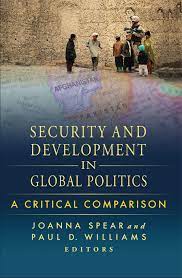
Security and Development in global politics questions how closely the agenda of security and development should be merged. The book pairs experts in both fields to assess the dynamics between security and development through international issues affecting both areas. Through this comparative structure the connectedness of security and development agendas is problematized and whether this relationship should be deepened is assessed.
Opting Out of War by Mary B. Anderson and Marshall Wallace*****
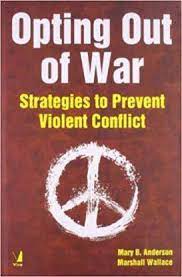
Through analyzing what are described by the authors, as “non-war” communities. This book reveals lessons about preventing violent conflict with resonance beyond the local to international situations. The authors analyze the choices, and strategies employed by 13 communities which facilitated their separation. And differentiation from violent conflicts in their surrounding communities.




